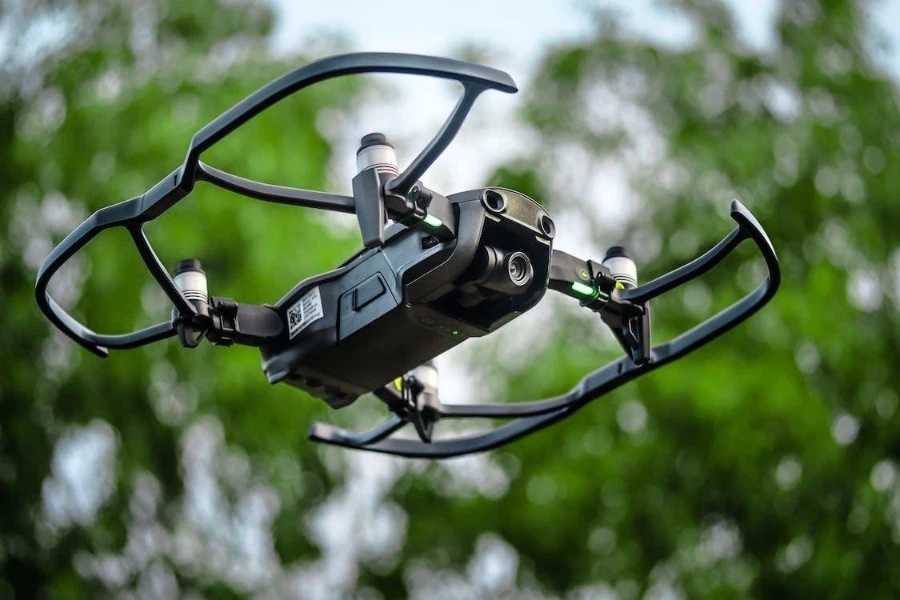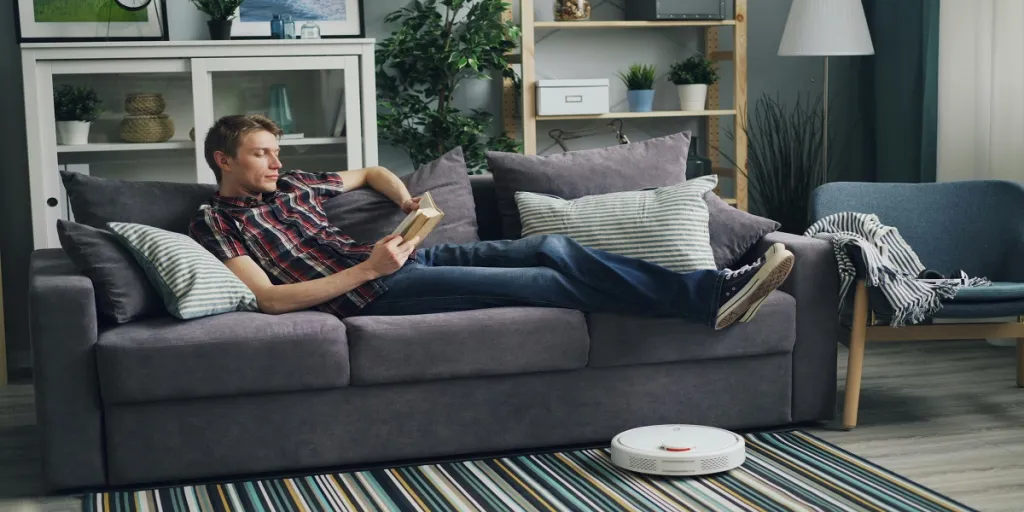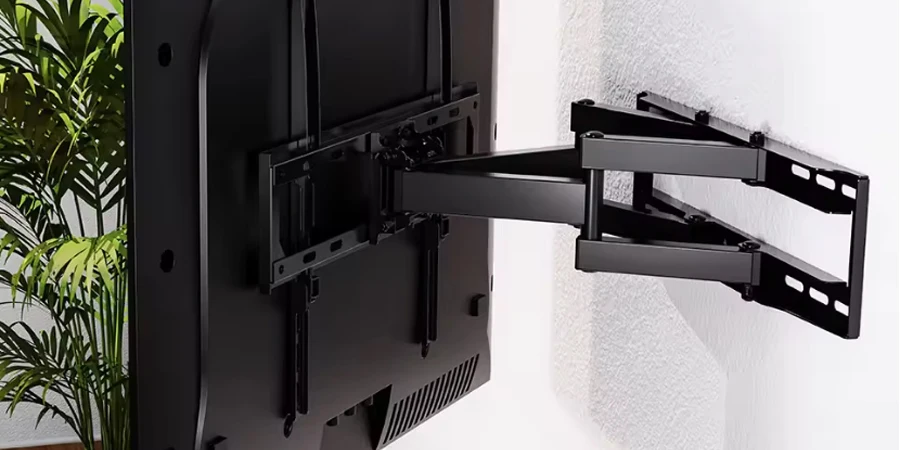The busy nature of modern life has created an increased demand for service robots. Service robots assist human beings by performing repetitive, dull, distant, dirty, or dangerous tasks.
They are automated and operated by an inbuilt control system with manual override options. Professional service robots have mobility and interact with people, usually in hospitality, warehousing, healthcare, retail, or fulfillment.
Service robots eliminate the chances of human error, enhance productivity, and manage time by reducing the workload of human personnel. So read on for the latest trends in service robots.
Table of Contents
Service robots global market overview
6 amazing trends in service robots
Final thoughts
Service robots global market overview
The global service robots market size is currently valued at US$ 21.7 billion. It is expected to grow at a compound annual growth rate (CAGR) of 21.2% in the next seven years.
Robots assist humans in various sectors such as construction, automation, domestic, entertainment, and medical and healthcare.
The market is segmented into professional and personal service robots. Professional service robots are the largest market segment. However, the personal service robots segment is expected to grow due to increasing demand for entertainment and domestic purposes.
Europe is the largest market for service robots due to increased government investments in R&D. However, the Asia-Pacific is the fastest growing market due to the rise of automation in developing countries.
6 Amazing trends in service robots
Collaborative robots (cobots)

Collaborative robots are designed to work alongside human personnel without safety barriers. End-of-arm-tooling, software and advanced sensors allow collaborative robots to detect changes in the work environment and respond safely.
According to Reportlinker, the cobots segment will grow by the largest percentage in the service robots to easy-to-use programmable software.
Cobots are becoming increasingly popular in various industries, including manufacturing, healthcare, and logistics. In manufacturing, for example, cobots can perform repetitive or dangerous tasks that might be too difficult or dangerous for human workers.
Cobots can assist doctors and nurses in patient monitoring or dispensing tasks in healthcare. Cobots can help warehouse workers pick and pack orders more efficiently in logistics.
Commercial drones

Commercial drones are unmanned aerial vehicles (UAVs) for business or commercial purposes.
Advances in commercial drone technology include developing autonomous systems that navigate beyond the visual line of sight and batteries, payloads, lightweight body materials, and improved sensors.
Commercial drones have become increasingly popular in recent years due to their ability to perform various tasks more efficiently and cost-effectively than traditional methods.
There are many different applications for commercial drones, including:
- Aerial photography and videography: Drones can have high-quality cameras to capture aerial footage of events, real estate properties, construction sites, and more.
- Delivery services: Drones can deliver packages and goods to remote or hard-to-reach locations, such as rural areas or disaster zones.
- Inspections and surveys: Drones can be used to inspect infrastructure such as bridges, power lines, and pipelines, as well as to conduct surveys of land and crops.
- Search and rescue: Drones can assist in search and rescue operations by providing aerial views of the area and helping locate missing persons.
- Mapping and modeling: Drones can create detailed 3D maps and models of terrain, buildings, and other structures.
Cloud robots
Cloud robots can access cloud computing resources to enhance their capabilities. Cloud robotics combines the power of cloud computing with the flexibility and mobility of robots to create intelligent, versatile machines.
Cloud storage and cloud computing provide a single platform that provides robot services. Robots can connect to the cloud accessing the benefits of a data center, including storage, data analytics, and software services.
More cloud software will soon be available for robots to work together, helping robots become more efficient and faster. With cloud robotics, robots can access vast amounts of data and computing power that would be difficult to store and process onboard the robot itself.
It allows robots to perform more complex tasks and learn faster from their experiences. Cloud robotics also allows for remote monitoring and control of robots, enabling them to be operated from anywhere with an internet connection.
Mobile robots
Mobile robots are designed to move and operate in different environments without being confined to a single location. They can navigate through indoor and outdoor spaces, climb stairs, avoid obstacles, and interact with their surroundings using sensors and other technologies.
Mobile robots can be either autonomous or remotely operated. Autonomous mobile robots can make their own decisions based on their sensory input and programming, while a human operator controls remotely operated mobile robots.
Mobile robots have various applications in various industries, such as manufacturing, healthcare, transportation, and the military. For example, in manufacturing, mobile robots can be used for material handling and assembly, while in healthcare, they can assist with patient care and medication delivery.
Customized robots
Customized robots are designed and built to meet specific requirements or perform particular tasks. Unlike off-the-shelf robots, which are pre-designed and produced in large quantities, customized robots are tailored to meet the needs of a particular application or user.
Customized robots can be designed for various applications, including manufacturing, healthcare, agriculture, education, and entertainment. For example, a customized robot can be designed to automate a particular task in a manufacturing process, such as painting or welding. In healthcare, a customized robot can be designed to assist with surgery or rehabilitation.
One of the benefits of customized robots is that they can be designed to be more efficient and cost-effective than off-the-shelf robots for a particular task or application. They can also be designed to be safer, more reliable, and more user-friendly.
Al-enabled robots

AI-enabled robots, also known as intelligent robots or cognitive robots, are robots that are equipped with artificial intelligence (AI) technologies. They include machine learning, computer vision, and natural language processing.
These technologies allow robots to perform tasks normally requiring human intelligence, such as decision-making, problem-solving, and perception.
AI-enabled robots can be used in various industries, including manufacturing, healthcare, logistics, and agriculture.
In manufacturing, AI-enabled robots can perform quality control, product assembly, and packaging tasks. They can assist with patient care, surgery, and drug delivery in healthcare. They help with inventory management, order fulfillment, and transportation in logistics.
Final thoughts
The use of the service industry across different sectors will continue to evolve. Automation and increasing disposable incomes increase the demand for commercial and domestic service robots.
Service robots are increasingly being adopted for new applications due to their advantages, such as improved workplace safety, increased productivity, and streamlined processes.All consumer electronics should watch out for these trends in service robots to capitalize on increased demand. Visit Alibaba.com to view listings of quality service robots.







